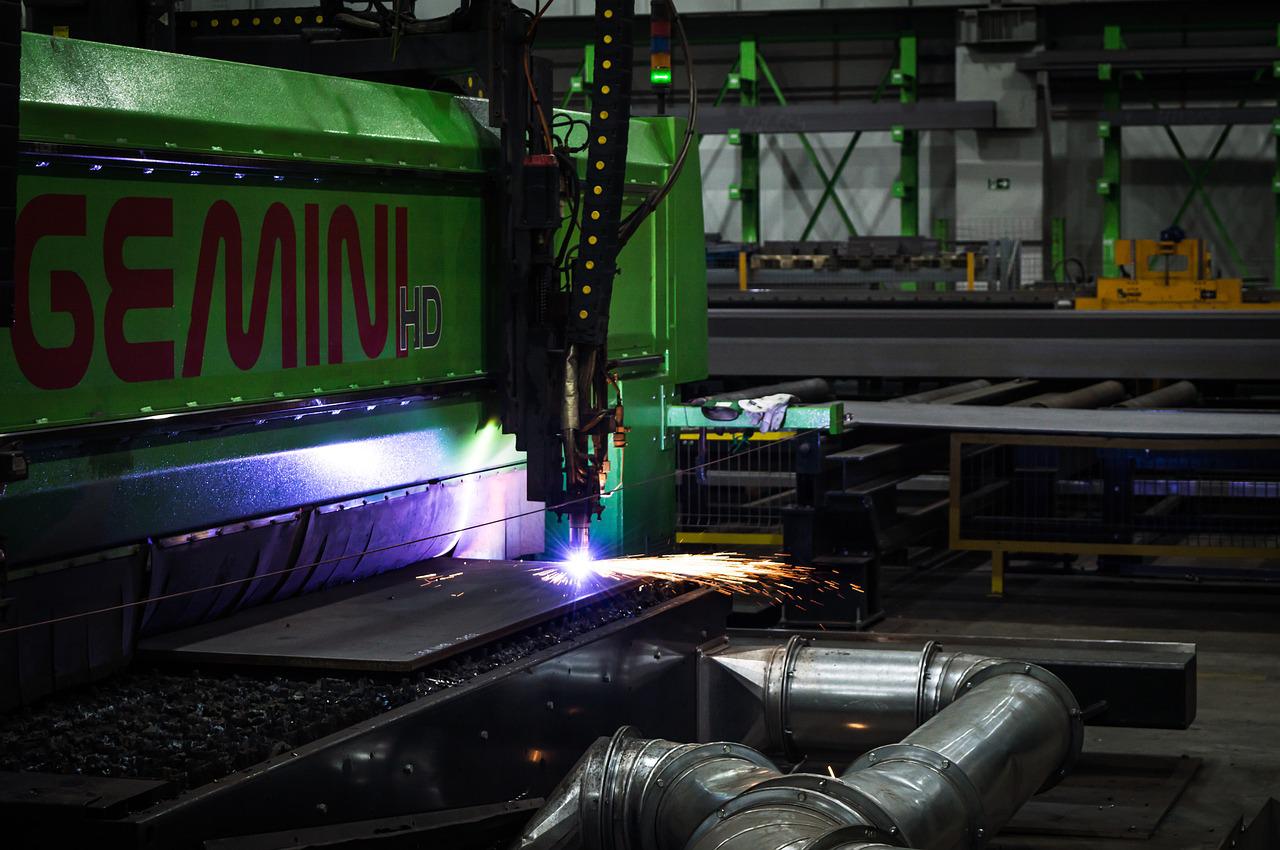Condition monitoring of rotating machinery is a critical part of ensuring optimal performance and preventing catastrophic failures. By implementing a condition monitoring system, you can detect small problems before they turn into big ones. In this article, we will discuss some proven strategies for implementing a successful condition monitoring program for your business.
Condition monitoring, also known as condition based monitoring or CBM, is a process of monitoring the health of machinery through regular inspections and measurements. By doing this, you can detect problems early and take corrective action to prevent downtime and expensive repairs.
What are three types of condition monitoring?
There are three main types of condition monitoring: visual, auditory, and vibrational.
- Visual condition monitoring involves inspecting the machinery for signs of wear or damage. This can be done with the naked eye or with the aid of a magnifying glass or microscope.
- Auditory condition monitoring involves listening to the sound of the machinery to identify any abnormal noises. This can be done with the naked ear or with the aid of a stethoscope or sound meter.
- Vibrational condition monitoring involves measuring the vibration of the machinery to identify any potential problems. This can be done with the help of a vibration meter or accelerometer.
One of the most important aspects of a successful condition monitoring system is having the right people in place. You need trained experts who know how to properly operate and maintain the equipment. They should also be able to interpret the data that is collected and make recommendations for corrective action.
Another key element of a successful condition based monitoring is having the proper tools and equipment. There are many different types of condition monitoring systems available on the market, so it is important to choose the one that best suits your needs. You also need to make sure that you have the right sensors and monitoring devices for your particular application.
Finally, when implementing a condition monitoring program, you need to be sure you are monitoring the right things. Too often, businesses make the mistake of only monitoring for major problems. While it’s important to detect and correct these issues, you also need to be proactive in identifying potential issues before they become major problems. By following these simple tips, you can set your business up for success with condition monitoring.
Why is condition based monitoring used?
Condition based monitoring is used in order to avoid unplanned downtime for your business operations, and to improve equipment reliability. It allows for accurate assessment of machine health, so that necessary maintenance or repairs can be carried out before a failure occurs. Condition based monitoring can also help reduce operating costs by optimising maintenance schedules.
What are some benefits of condition based monitoring?
Some benefits of condition based monitoring include:
– Reduced downtime
– Improved equipment reliability
– Optimised maintenance schedules
– Reduced operating costs How can I get started with condition based monitoring?
If you want to achieve maximum reliability of your equipment, contact Faraday Predictive, a leading provider of condition based monitoring services and systems. Their team of experts can help you choose the right sensors and devices for your application, and also train your staff on how to properly operate and interpret the data.



 Bitcoin
Bitcoin  Ethereum
Ethereum  XRP
XRP  Tether
Tether  Solana
Solana  USDC
USDC  TRON
TRON  Lido Staked Ether
Lido Staked Ether  Cardano
Cardano  Avalanche
Avalanche  Toncoin
Toncoin